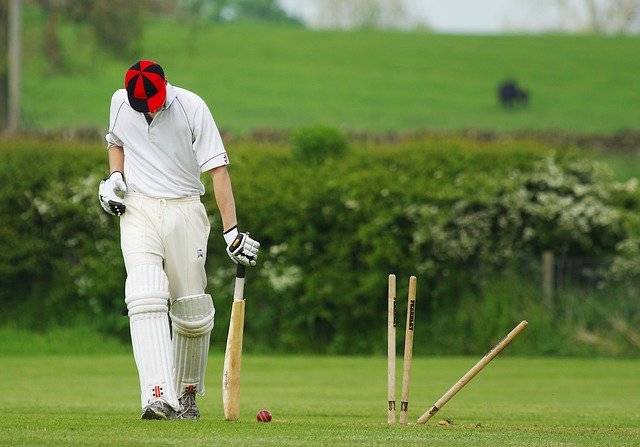This post was first published on 8th April, 2014.
The 2014 T20 World Cup has finally concluded and a new cricket champion is born – Sri Lanka. This edition was thrilling and we witnessed a lot of close contests and nail biting finishes.
Well, if you’re wondering about the relevance of this category of post on an IP blog, the fact is, this edition of the T20 World Cup was especial not just for ardent cricket fans but for technology enthusiasts too, bringing us to the relevance of this post on this blog. Those who watched the World Cup matches this time around would have noticed a special type of stump and bail used. These stumps would emit light whenever they came in contact with a ball or were displaced by a fielder. While this creates a visual treat for spectators, the actual beneficiaries were the umpires and players. Sometimes it becomes extremely difficult for umpires to judge run out/stumping instances and normally, in such situations, a batsman is the beneficiary of doubt, which may cost the opponent team, the entire match. The illuminating feature of these stumps/bails makes it easy for umpires to judge more precisely when the stumps/bails were moved, which in turn helps them to judge run out/stumping cases.
The illuminating stumps/bails technology was conceived by Bronte Eckermann, an Australian mechanical designer, and created by a South Australian manufacturer, Zing International, thus gaining its name, Zing Wicket System. Mr. Eckermann filed a patent application, WO 2011044642 A1 titled “System for indicating movement of an article from one position or orientation to another position or orientation”, to protect his invention. The application claims an assembly for indicating movement of an article used in a sporting activity from a first position of orientation to a second position of orientation, which influences an outcome of the sporting activity. The bails/stumps are equipped with electrical circuitry which is capable of detection of displacement of article responsive to a trigger event, and activation of an indicator that allows detection of movement of the article. The circuit is powered by low voltage batteries.
In cricket matches, umpires need to identify whether bails are completely dislodged from stumps, to judge a run out/stumping activity. A microprocessor in the Zing Wicket System detects when both spigots are dislodged from stumps and then illuminates the stumps. The system requires only a fraction of a second to perform the entire action, hence producing an “instant triggering” of alert (i.e. illuminating effect).
Although the glowing stumps are making their debut at an ICC event, they have already been used in T20 leagues in Australia, New Zealand and the West Indies. However, this is an interesting addition to list of technologies being used to improve the experience of sporting activities. When most of the traditionally-used technologies such as hawk eye, snickometer etc., are intended to benefit umpires to ensure fair play, the illuminating stumps/bails are a step ahead as they improve spectator experience too.
Source : from here.
Image Source/Attribution here (This image is in the public domain)



